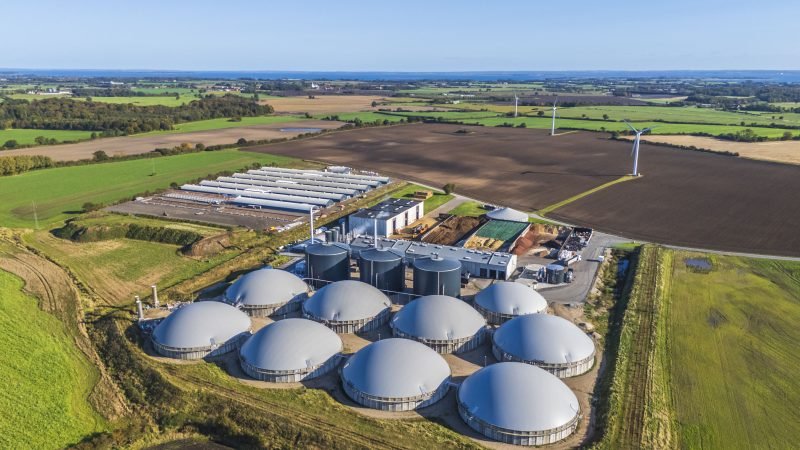The biomass power generation market is set to grow from $91.3 billion in 2023 to $124.5 billion by 2033, with a compound annual growth rate (CAGR) of 3.2%, according to a report from Allied Market Research. Biomass energy, which converts organic waste into electricity, plays a vital role in addressing energy demand and minimizing carbon emissions.
Biomass power generation utilizes organic materials such as wood pellets, agricultural residues, and animal waste to produce electricity and heat. This renewable energy source employs various methods, including combustion, gasification, and anaerobic digestion, to turn biological matter into usable energy. By leveraging waste, biomass energy contributes to reducing reliance on fossil fuels and promotes sustainable waste management.
The market is expanding due to several factors, including rising energy demands, supportive government policies, and a global shift towards clean energy alternatives. Technological advancements in biomass conversion methods are improving efficiency and lowering emissions, further driving the adoption of biomass projects in both developed and developing regions.
Government initiatives, tax incentives, and feed-in tariffs have encouraged the use of biomass for energy production. These policies support the transition away from fossil fuels, helping nations meet their climate targets under agreements such as the Paris Accord. As environmental regulations tighten, businesses and utilities are increasingly turning to biomass as a cleaner energy option.
The diverse range of biomass feedstock, including agricultural waste, forest residues, and municipal solid waste, makes this energy source widely accessible and adaptable. This availability ensures a consistent fuel supply for biomass power plants, particularly in rural areas where organic waste is abundant. Integrating biomass energy into combined heat and power (CHP) systems further boosts energy efficiency and makes it appealing for industrial applications.
However, the market faces challenges, such as the high upfront costs associated with biomass projects and the logistical complexities of collecting and processing biomass. Establishing a reliable supply chain requires significant coordination and investment in infrastructure, which may pose difficulties for smaller enterprises. Additionally, the availability of feedstock can fluctuate due to seasonal changes, land use conflicts, or climate-related issues, potentially impacting the reliability of biomass power generation.
To overcome these challenges, ongoing technological innovations in gasification, pyrolysis, and anaerobic digestion are enhancing operational efficiency and broadening the range of biomass materials that can be utilized. Digital monitoring systems and automation are also being implemented to optimize plant operations and reduce costs.
The increasing focus on circular economy initiatives and waste-to-energy solutions is also driving demand for biomass power generation. Industries are investing in biomass plants to manage organic waste sustainably while simultaneously generating energy. Additionally, emerging markets in Asia-Pacific, Latin America, and Africa are seeing increased investments in biomass infrastructure, spurred by rapid urbanization, energy access needs, and agricultural productivity.
The biomass power generation market is categorized by feedstock type, technology, application, and region. It includes categories such as woody biomass, agricultural residues, animal manure, and municipal solid waste. Technologies used range from combustion to gasification and anaerobic digestion, with applications spanning industrial, commercial, and residential sectors. The Asia-Pacific region dominates the biomass market, driven by a large agricultural base and strong government support for renewable energy initiatives in countries like China, India, and Japan.
Europe also holds a significant market share due to rigorous environmental regulations and a long-standing commitment to sustainability, with countries like Germany and Sweden incorporating biomass into their energy strategies. In North America, moderate growth is observed, with the U.S. and Canada utilizing forest residues and municipal waste for energy, though competition from other renewable sources like solar and wind may limit market expansion.
Key players in the biomass power generation market, including Drax Group plc, Ørsted A/S, and Veolia, are engaged in capacity expansions and technological developments to strengthen their market positions. These companies are implementing advanced technologies and sustainable feedstock sourcing to ensure compliance with regulations and maintain a steady biomass supply.
As the demand for clean energy sources continues to rise, the biomass power generation market is positioned for substantial growth, driven by supportive policies, technological advancements, and the increasing emphasis on sustainable waste management.




